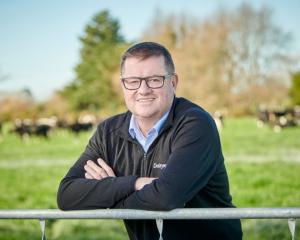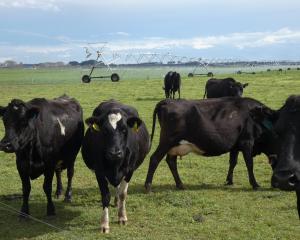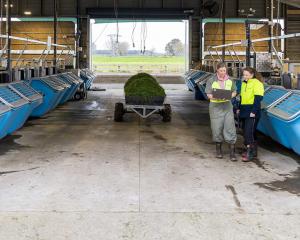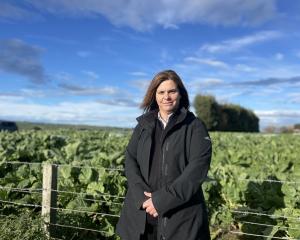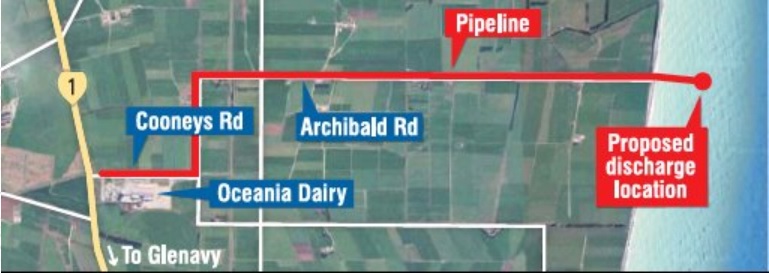
However, environmental advocates are concerned about the growing number of ocean outfalls into habitats for yellow-eyed penguins, Hector's dolphins and little penguins on the southeast coast.
Oceania Dairy Ltd has lodged six consent applications with Environment Canterbury for the construction of the pipeline that would allow it to discharge up to 10,000cum of treated wastewater into the sea per day.
Oceania Dairy supply and environment manager Shane Lodge said that over the past six years $650 million had been invested to "significantly increase capacity" to make milk powder, infant formula and long-life UHT milk on site.
More than 300 staff were employed at the plant, 40% from Timaru, 30% from Waimate and 30% from Oamaru - and next year staff numbers would grow to more than 360 as work began on building a new laboratory, ultra-high-temperature milk-processing plant with new dry store, loadout facilities and service utilities.
Consent documents state that while the company already has consent to discharge all its wastewater on to 404ha of surrounding farmland, the company has access to only 278ha and planned further expansion would increase the wastewater produced onsite.
"Oceania has limited ability to obtain more land for wastewater irrigation purposes. The surrounding community does not support more wastewater being discharged on land. The consideration of the alternative options has identified that the only viable solution is to discharge from the wastewater treatment plant on the factory site via a pipeline and outfall into the Pacific Ocean.
"In the winter season, the crop rotation programme leaves the ground bare, and the soils are waterlogged. Ponding can occur as a result of irrigation of wastewater on land.
"In the spring and late autumn seasons, there is insufficient freshwater to properly flush the irrigation lines. Without thorough flushing, milk residues in the irrigation lines can stagnate, and create odour when sprayed on the fields."
Documents also show there are two consented outfalls to the north of the plant: the planned Fonterra Studholme outfall would be about 15km north of the plant, and the Pareora abattoir discharges about 35km north.
Forest & Bird Canterbury regional advocacy manager Nicky Snoyink said a precautionary approach to more ocean outfalls was needed.
She was worried about reaching a tipping point with the number of outfalls in the area, considering the application for a consent with a duration of 35 years.
"It's the cumulative effect that needs to be assessed here," she said.
"While every one on their own might not seem so bad, cumulatively they could have an effect. And that's what needs to be understood," Miss Snoyink said.
"We just cannot keep on building more and more and more pipelines to empty stuff out to the sea to accommodate growth."
Submissions close on December 13.








